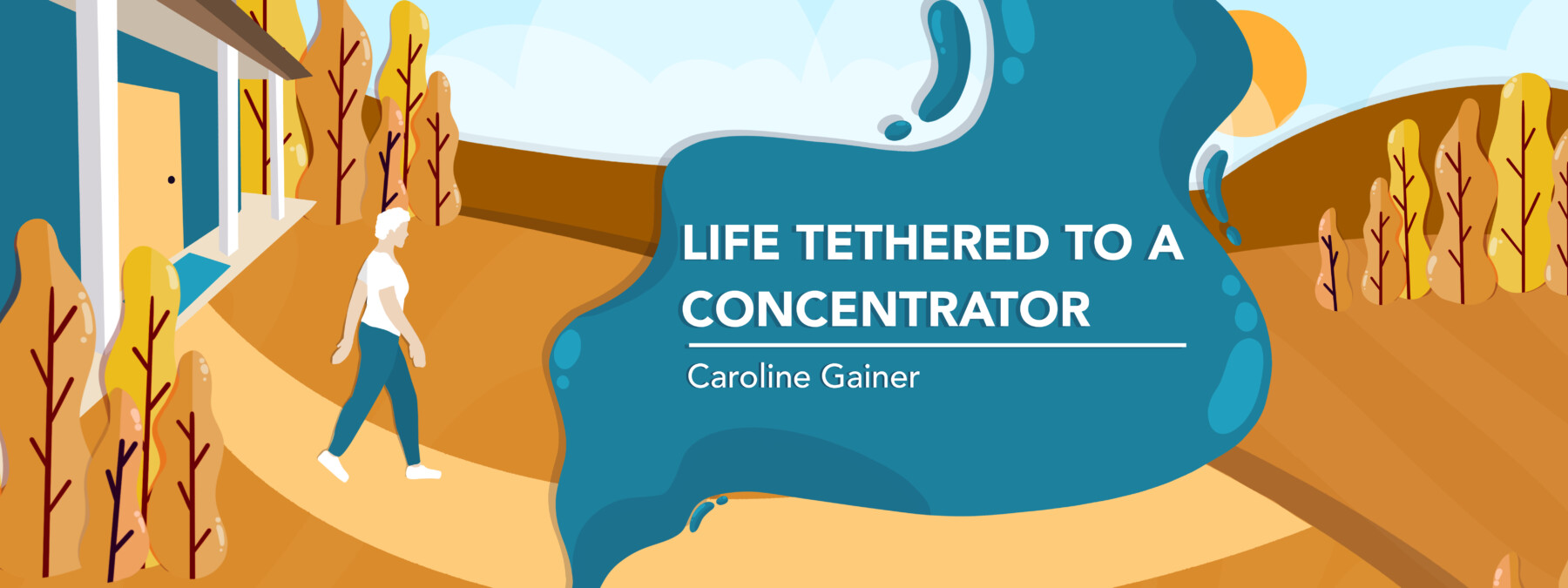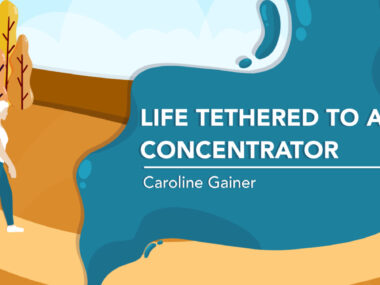A change in health can sometimes seem like a landslide
Similar to natural disasters, COPD issues develop over time
Written by |

While watching coverage of a landslide on my news feed, I was reminded of a time when I had a close brush with one. A carpool I was in just missed it, but the carpool of friends behind us wasn’t so lucky. We were concerned they’d be killed in the slide, but thankfully, they saw the falling rocks and stopped just in time.
Sometimes the changes in our health seem like a landslide for those of us with chronic obstructive pulmonary disease (COPD). Similar to the section of mountainside that finally gave way and slid into the road, our COPD symptoms develop over time.
Like the Appalachian Mountains, our lungs are not without change. The area of the landslide had seemed stable for decades, but with a single big rain event, changes in stability became evident. COPD is similar: The gradual deterioration of lung function occurs over time, followed by a sudden onset of shortness of breath.
We adapt. We reroute. We rebuild.
The erosion in our lungs may be an annoying cough, unusual fatigue after a short walk, or a tightness in the chest. We often shrug this off as an effect of the weather or aging, but our lungs are steadily losing their elasticity over the years. The elastin fibers that help the lungs expand and contract are weakened over time. Smoking and environmental pollution can speed up the process.
The rainstorm in COPD might be an infection, worsening air quality, emotional setbacks, or our stubborn refusal to slow down as we age. Then comes the landslide, as COPD leaves you gasping for air and rushing to the emergency room with a pneumothorax (collapsed lung) or pneumonia. You’ll listen as the respiratory therapist explains how to hook the cannula to the oxygen tank and how to adjust the setting to comply with what the pulmonologist has prescribed for you.
Just like our communities know how to respond to a landslide — with bulldozers, road crews, and reinforcements — COPD patients can find a new rhythm. It comes through pulmonary rehab, learning breathing techniques, adjusting diet and sleep habits, using oxygen therapy, and accepting help. Life becomes a process of rebuilding. The American Lung Association and the COPD Foundation can also provide crucial information.
COPD is not just a diagnosis. It’s a reshaping of life’s contours. Like landslides, it exposes vulnerabilities, but also reveals new strengths. And just as the mountains don’t collapse all at once, neither do we. We adapt. We reroute. We rebuild.
Note: COPD News Today is strictly a news and information website about the disease. It does not provide medical advice, diagnosis, or treatment. This content is not intended to be a substitute for professional medical advice, diagnosis, or treatment. Always seek the advice of your physician or other qualified health provider with any questions you may have regarding a medical condition. Never disregard professional medical advice or delay in seeking it because of something you have read on this website. The opinions expressed in this column are not those of COPD News Today or its parent company, Bionews, and are intended to spark discussion about issues pertaining to chronic obstructive pulmonary disease.





Thomas monks
So true! It is like a landslide - Often wonder why I didn’t see it coming until it came - But is was a longer process - It took years before the land slid altogether